Home>Home Appliances>Laundry Appliances>How To Get Rid Of Fabric Softener Build-Up In A Washing Machine
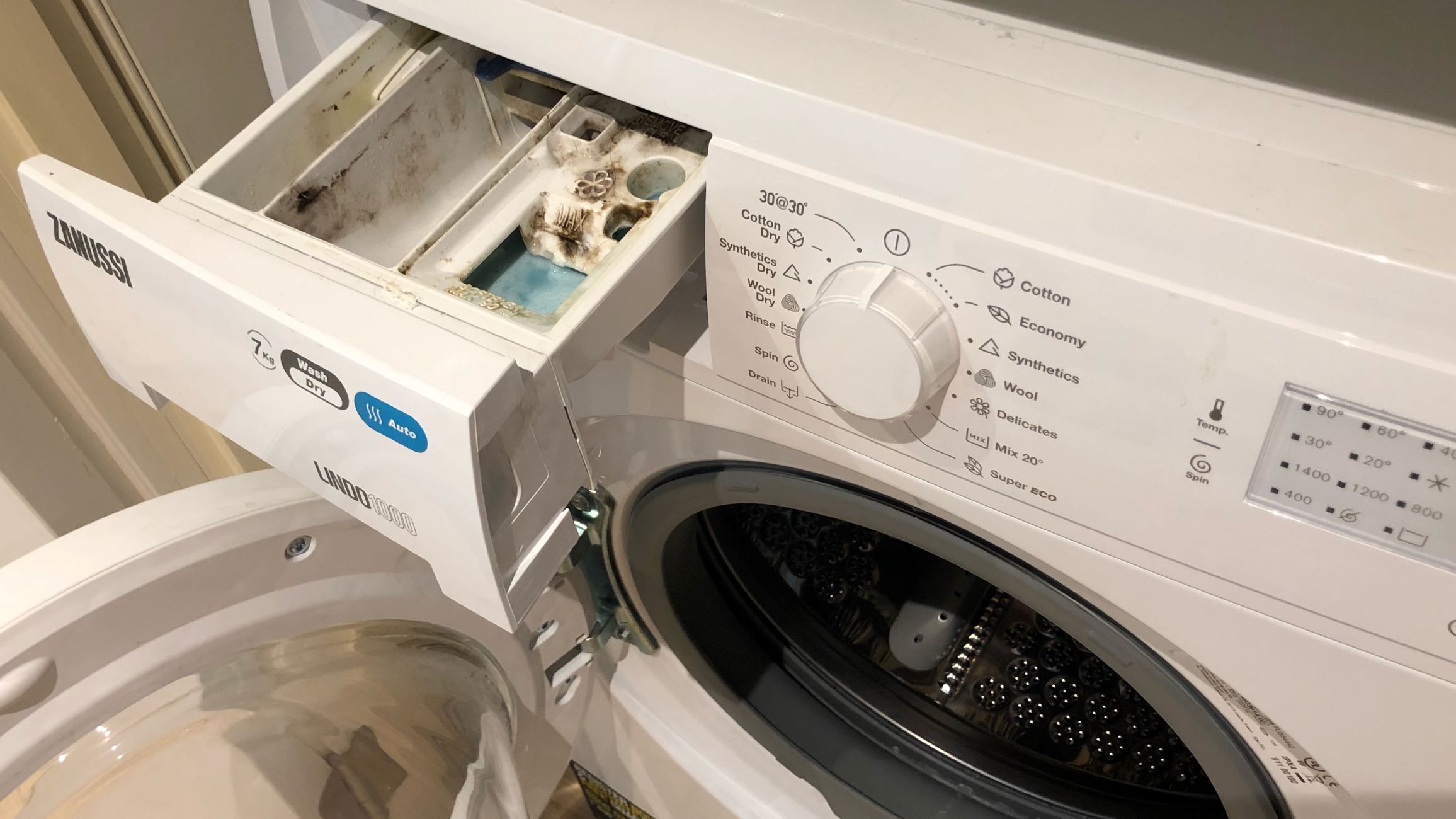

Laundry Appliances
How To Get Rid Of Fabric Softener Build-Up In A Washing Machine
Published: February 22, 2024
Learn how to remove fabric softener build-up from your washing machine with our expert tips. Keep your laundry appliances clean and efficient.
(Many of the links in this article redirect to a specific reviewed product. Your purchase of these products through affiliate links helps to generate commission for Storables.com, at no extra cost. Learn more)
Introduction
Fabric softener is a popular laundry product used to impart a soft and fresh feel to clothes, while also reducing static cling and wrinkles. However, the frequent use of fabric softener in washing machines can lead to a common issue known as fabric softener build-up. This build-up occurs when the residue from fabric softener accumulates in the washing machine, leading to various problems such as musty odors, reduced cleaning efficiency, and potential damage to the appliance.
Understanding the causes and effects of fabric softener build-up is crucial for maintaining the optimal performance of your washing machine and ensuring the cleanliness and freshness of your laundry. In this comprehensive guide, we will delve into the intricacies of fabric softener build-up in washing machines, explore the signs that indicate its presence, and provide effective methods for removing and preventing this issue.
By gaining a deeper understanding of fabric softener build-up and its implications, you will be equipped with the knowledge and strategies needed to tackle this common laundry appliance challenge. Whether you are a seasoned laundry enthusiast or a novice in the realm of washing machine maintenance, this guide will empower you to address fabric softener build-up with confidence and restore your washing machine to its pristine condition. Let's embark on this journey to uncover the secrets of combating fabric softener build-up and preserving the efficiency and longevity of your beloved washing machine.
Key Takeaways:
- Say no to fabric softener build-up! Clean your washing machine regularly to prevent musty odors, sticky residue, and reduced cleaning efficiency. Dilute fabric softener and use alternative softening methods for fresh laundry without the build-up hassle.
- Keep it clean, keep it fresh! Remove fabric softener build-up by cleaning the dispenser, agitator, and drum. Use vinegar and baking soda for maintenance, and inspect regularly to prevent musty odors and stained laundry.
Understanding Fabric Softener Build-Up
Fabric softener build-up refers to the accumulation of residue from fabric softener within the inner mechanisms and components of a washing machine. This residue is composed of various substances present in fabric softeners, including cationic surfactants, fragrances, and conditioning agents. When fabric softener is dispensed during the laundry cycle, a portion of it may adhere to the surfaces of the washing machine, gradually forming a layer of build-up over time.
The build-up of fabric softener residue can occur in different areas of the washing machine, such as the detergent dispenser, agitator, drum, and drainage system. As the residue accumulates, it can lead to several detrimental effects on the washing machine's performance and the cleanliness of the laundry. One of the primary reasons for fabric softener build-up is the incomplete rinsing of the softener during the wash cycle, allowing it to linger within the machine and solidify with repeated use.
The composition of fabric softener residue makes it prone to trapping dirt, lint, and other particles from the laundry, resulting in the formation of a sticky and stubborn layer within the washing machine. This build-up can impede the proper flow of water and detergent during subsequent wash cycles, leading to inadequate cleaning and potential malfunctions in the washing machine's components.
Moreover, fabric softener build-up can contribute to the development of musty odors within the washing machine, as the accumulated residue provides an ideal environment for the growth of mildew and bacteria. The presence of these unpleasant odors can transfer onto freshly washed clothes, compromising their freshness and cleanliness.
Understanding the nature of fabric softener build-up is essential for implementing effective strategies to address and prevent this issue. By recognizing the factors that contribute to the formation of build-up and its impact on the washing machine, individuals can take proactive measures to mitigate its effects and maintain the optimal performance of their laundry appliances.
Signs of Fabric Softener Build-Up in a Washing Machine
Identifying the signs of fabric softener build-up in a washing machine is crucial for recognizing the presence of this common issue and taking timely measures to address it. By being attentive to the following indicators, you can proactively mitigate the effects of fabric softener build-up and preserve the cleanliness and functionality of your washing machine.
-
Musty Odors: One of the prominent signs of fabric softener build-up is the emergence of musty or unpleasant odors emanating from the washing machine. The accumulated residue from fabric softener can foster the growth of mildew and bacteria, leading to a distinct musty smell that permeates the laundry and the interior of the washing machine.
-
Sticky Residue: Upon inspecting the interior surfaces of the washing machine, you may notice a sticky or greasy residue, particularly in the detergent dispenser, agitator, and drum. This residue is often a result of fabric softener build-up, which can trap lint, dirt, and detergent remnants, forming a stubborn layer that compromises the cleanliness of the machine.
-
Reduced Cleaning Efficiency: Fabric softener build-up can impede the proper distribution of water and detergent during the wash cycle, leading to reduced cleaning efficiency. As a result, you may observe that your laundry items are not as fresh and clean as expected, with lingering odors and a lack of softness in fabric texture.
-
Stained or Discolored Laundry: Another telltale sign of fabric softener build-up is the occurrence of stains or discoloration on freshly washed clothes. The residue from fabric softener can transfer onto the laundry, causing unsightly marks and altering the original colors of the garments.
-
Water Drainage Issues: Fabric softener build-up can obstruct the drainage system of the washing machine, resulting in water drainage issues such as slow or incomplete draining after the wash cycle. This can lead to water retention within the machine, exacerbating the development of musty odors and compromising the overall functionality of the appliance.
By being mindful of these signs, you can promptly address fabric softener build-up in your washing machine, ensuring that it operates at its optimal capacity and consistently delivers clean and fresh laundry results. Recognizing these indicators empowers you to take proactive steps in removing the build-up and implementing preventive measures to safeguard the performance of your washing machine.
Removing Fabric Softener Build-Up from the Washing Machine
Addressing fabric softener build-up in a washing machine requires a systematic approach to effectively eliminate the accumulated residue and restore the appliance to its optimal condition. By employing the following methods, you can combat fabric softener build-up and rejuvenate the cleanliness and functionality of your washing machine.
1. Cleaning the Detergent Dispenser and Agitator
Begin the removal process by focusing on the detergent dispenser and agitator, as these areas are prone to significant fabric softener build-up. Remove the detergent dispenser from the washing machine and thoroughly clean it with a mixture of warm water and mild detergent. Use a soft brush or cloth to dislodge any stubborn residue, ensuring that the dispenser is free from any lingering build-up. Similarly, inspect the agitator for any visible residue and clean it meticulously to eliminate accumulated fabric softener remnants.
2. Drum Cleaning and Maintenance
Next, address the build-up within the drum of the washing machine. Run a hot water cycle with no laundry and add a cup of white vinegar to the drum. The acidic properties of vinegar help dissolve and loosen the fabric softener residue, facilitating its removal during the wash cycle. Additionally, wipe the interior of the drum with a cloth soaked in a vinegar solution to target any persistent build-up, ensuring thorough cleanliness and odor elimination.
3. Drainage System Clearance
To address fabric softener build-up within the drainage system, inspect the drain filter and remove any debris or residue that may be obstructing the flow of water. Clean the filter using a brush or cloth, ensuring that it is free from any accumulated build-up. Additionally, consider running a hot water cycle with baking soda to further cleanse the drainage system and dissolve any residual fabric softener deposits.
4. Regular Maintenance Practices
Implementing regular maintenance practices can prevent the recurrence of fabric softener build-up in the washing machine. Use fabric softener sparingly and consider diluting it with water before adding it to the dispenser to minimize residue accumulation. Additionally, conduct monthly cleaning routines, including vinegar or baking soda wash cycles, to proactively combat build-up and maintain the cleanliness of the appliance.
By diligently following these removal methods and incorporating preventive maintenance practices, you can effectively eliminate fabric softener build-up from your washing machine and uphold its efficiency and cleanliness. These proactive measures not only address the immediate issue of build-up but also contribute to the long-term preservation of your washing machine, ensuring consistent performance and pristine laundry results.
Preventing Fabric Softener Build-Up in the Future
Preventing fabric softener build-up in the future is essential for maintaining the optimal performance and longevity of your washing machine, while ensuring the cleanliness and freshness of your laundry. By implementing proactive measures and incorporating preventive practices, you can effectively mitigate the recurrence of fabric softener build-up and preserve the efficiency of your laundry appliance.
1. Dilution and Dispensing Techniques
To minimize fabric softener residue accumulation, consider diluting the fabric softener with water before adding it to the dispenser. Dilution helps reduce the concentration of the softener, making it less prone to forming stubborn build-up within the washing machine. Additionally, ensure that the fabric softener dispenser is clean and free from any residual product after each use, preventing the accumulation of excess residue.
2. Regular Cleaning and Maintenance
Incorporate regular cleaning and maintenance routines to proactively combat fabric softener build-up. Conduct monthly or bi-monthly cleaning cycles using natural cleaning agents such as white vinegar or baking soda. These agents help dissolve and eliminate any potential residue, maintaining the cleanliness of the washing machine and preventing the formation of build-up over time.
3. Proper Dispenser Usage
Follow the manufacturer's guidelines for the appropriate usage of fabric softener in your washing machine. Avoid overfilling the dispenser and ensure that the softener is dispensed at the correct stage of the wash cycle. By adhering to the recommended usage instructions, you can minimize the likelihood of excess softener residue accumulating within the appliance.
4. Alternative Softening Methods
Consider exploring alternative methods for achieving fabric softness, such as using dryer balls or opting for laundry detergents with built-in fabric softening properties. These alternatives provide effective softening benefits without the risk of contributing to fabric softener build-up in the washing machine, offering a sustainable and residue-free approach to maintaining the softness and freshness of your laundry.
Read more: How To Get Rid Of Washer And Dryer
5. Periodic Inspection and Maintenance Checks
Regularly inspect the interior of the washing machine for any signs of residue accumulation, particularly in areas such as the detergent dispenser, agitator, and drum. Address any minor build-up promptly using targeted cleaning methods to prevent the escalation of the issue. Additionally, ensure that the drainage system remains clear and free from obstructions to facilitate proper water flow and prevent drainage-related build-up.
By integrating these preventive measures into your laundry routine and washing machine maintenance practices, you can effectively safeguard against fabric softener build-up and uphold the cleanliness and functionality of your appliance. These proactive strategies not only prevent the recurrence of build-up but also contribute to the overall efficiency and longevity of your washing machine, ensuring consistent and satisfactory laundry outcomes.
Frequently Asked Questions about How To Get Rid Of Fabric Softener Build-Up In A Washing Machine
Was this page helpful?
At Storables.com, we guarantee accurate and reliable information. Our content, validated by Expert Board Contributors, is crafted following stringent Editorial Policies. We're committed to providing you with well-researched, expert-backed insights for all your informational needs.
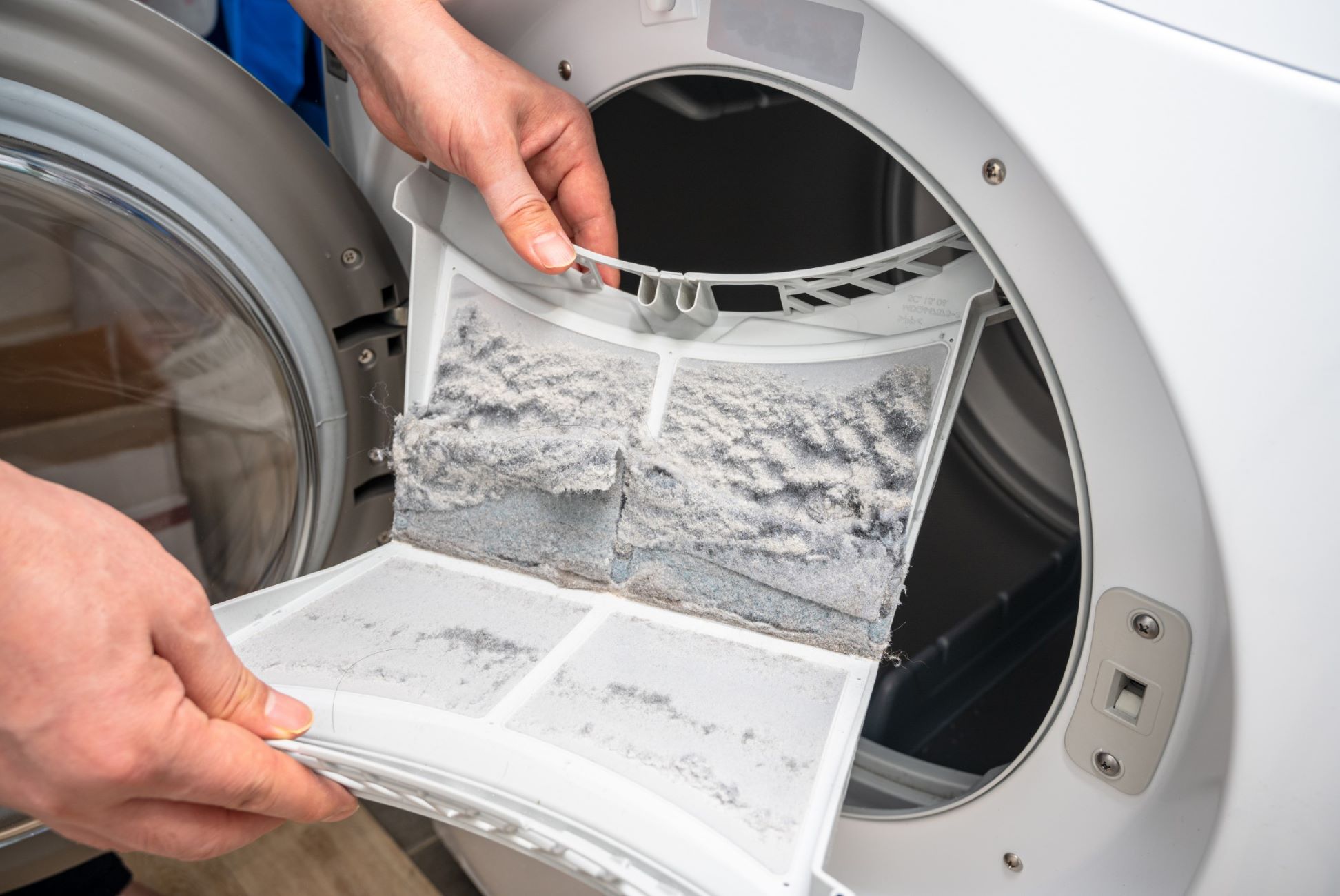
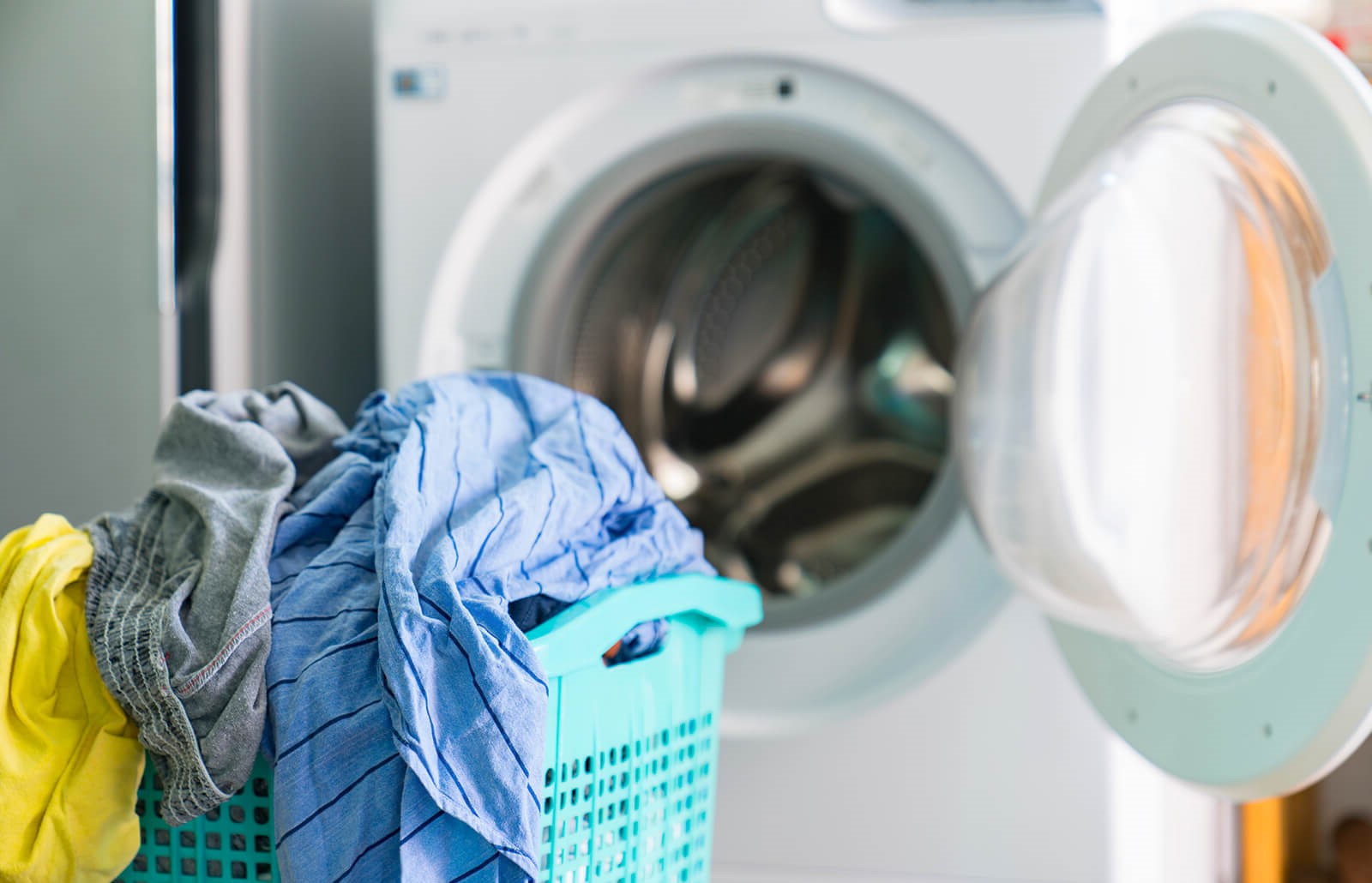
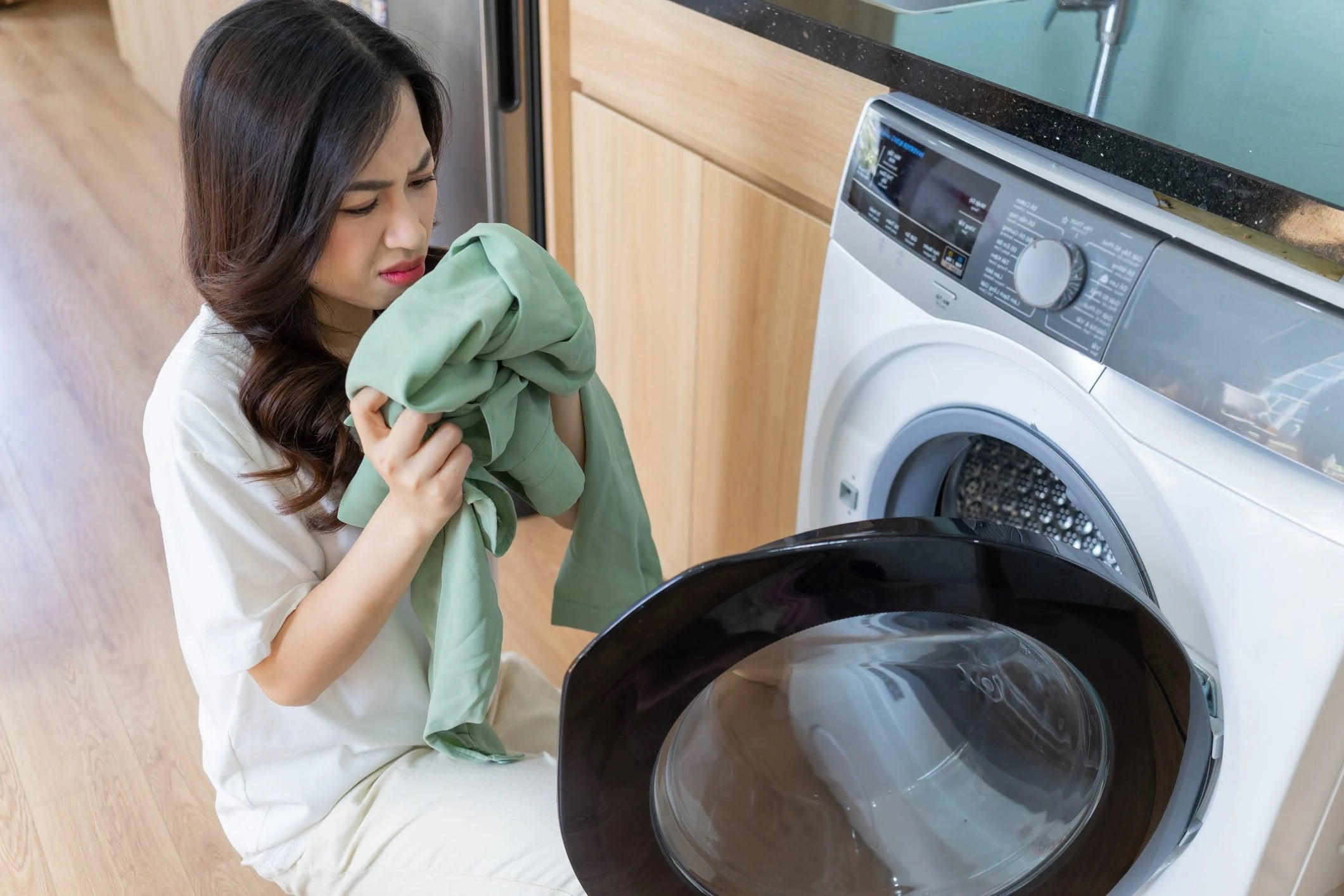

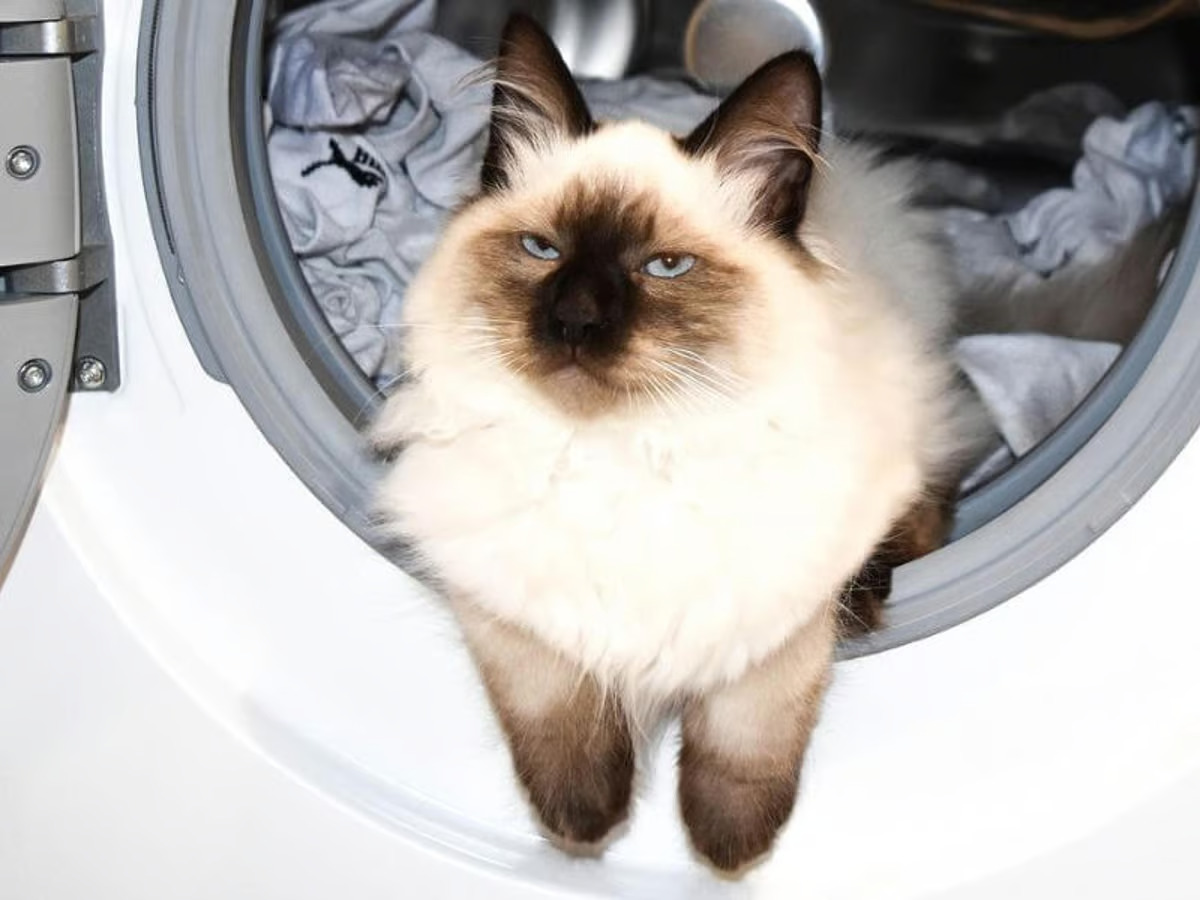
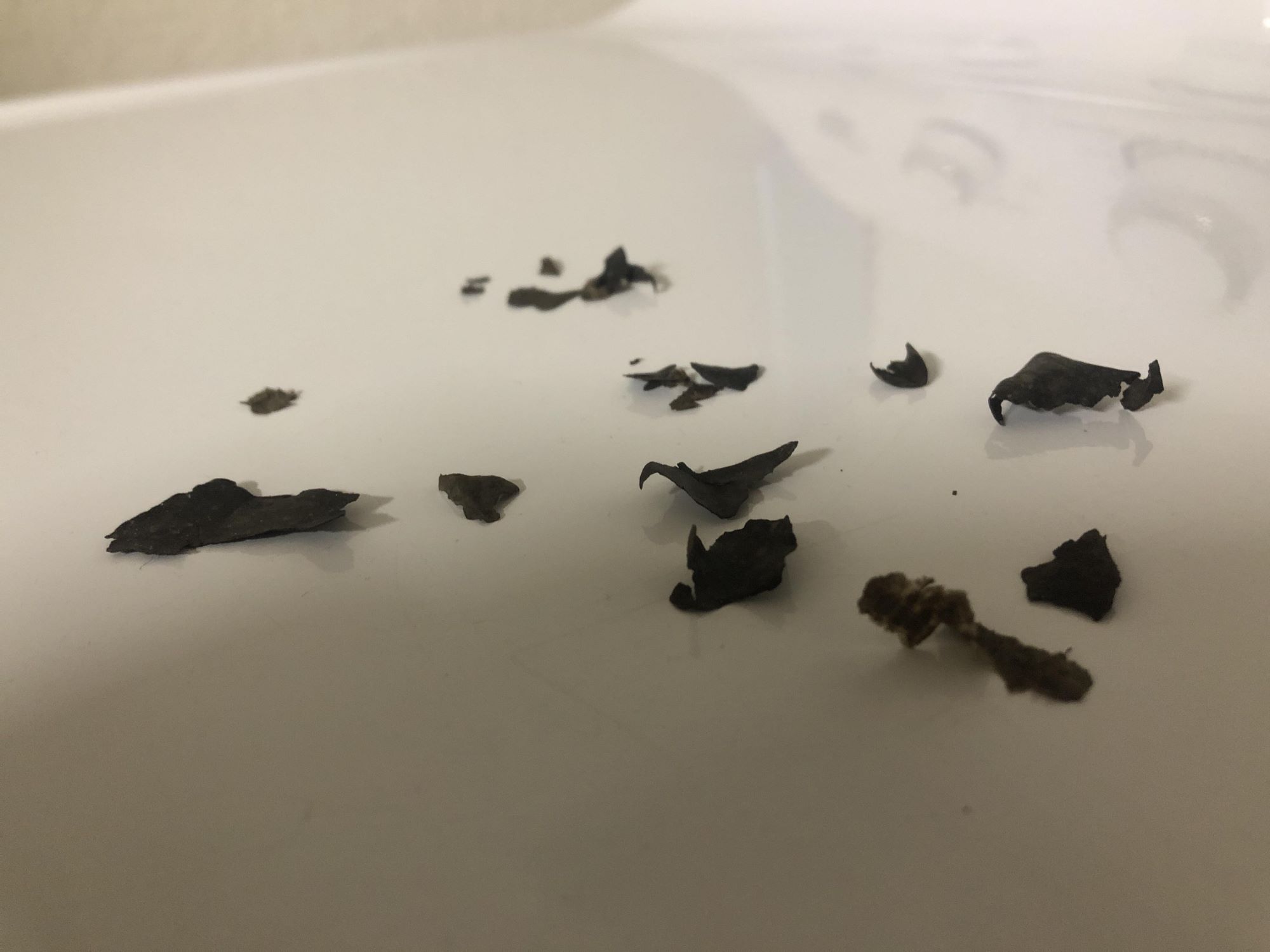

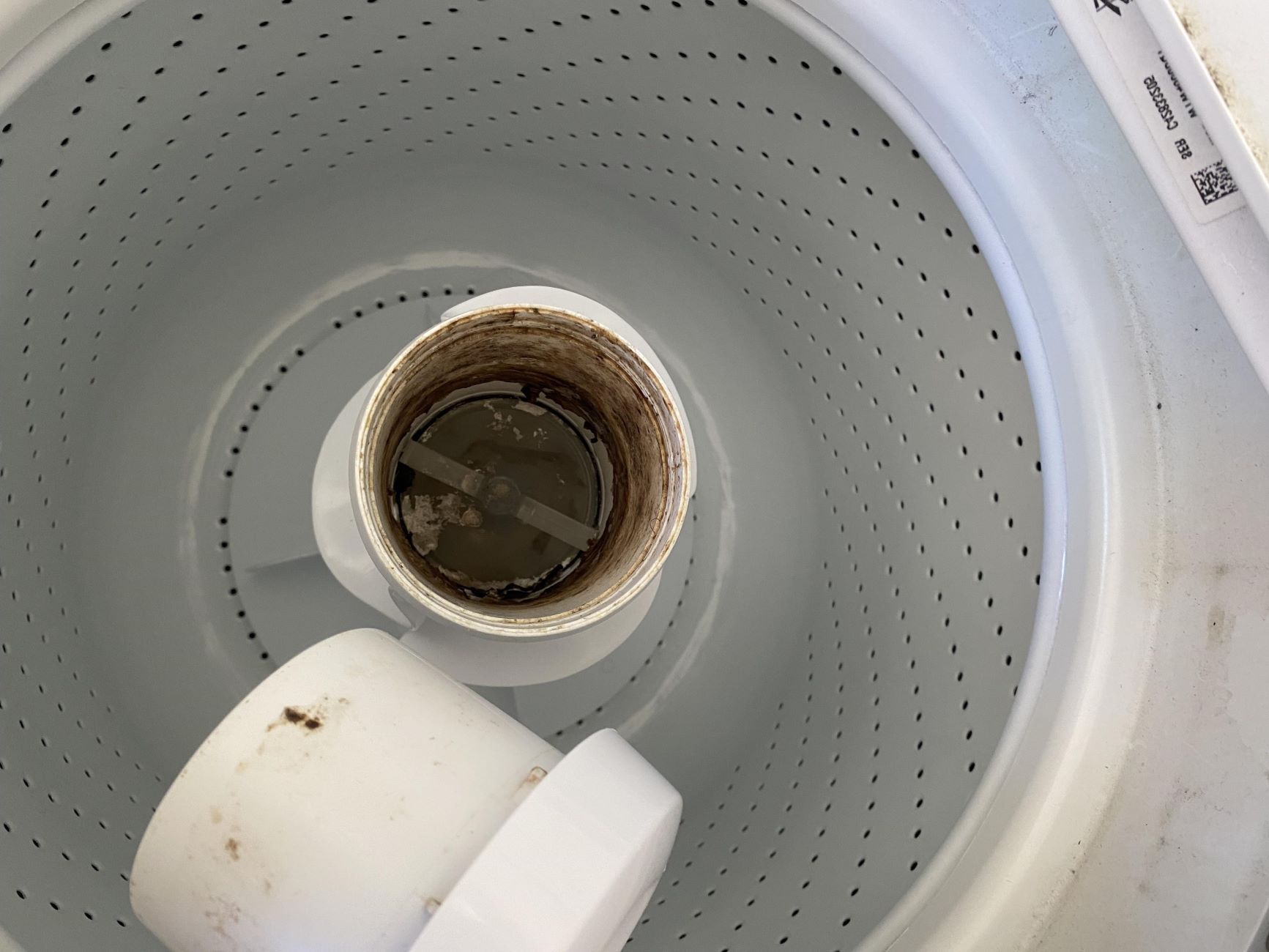
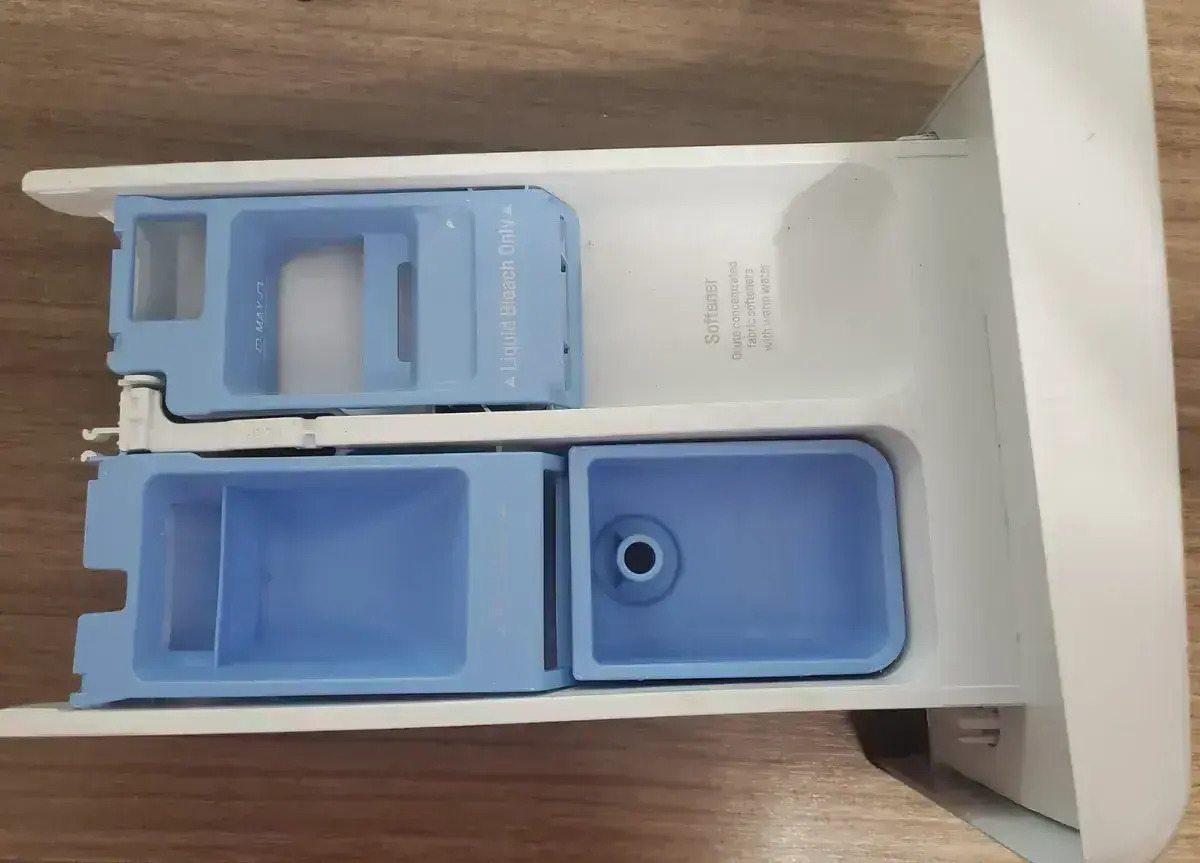
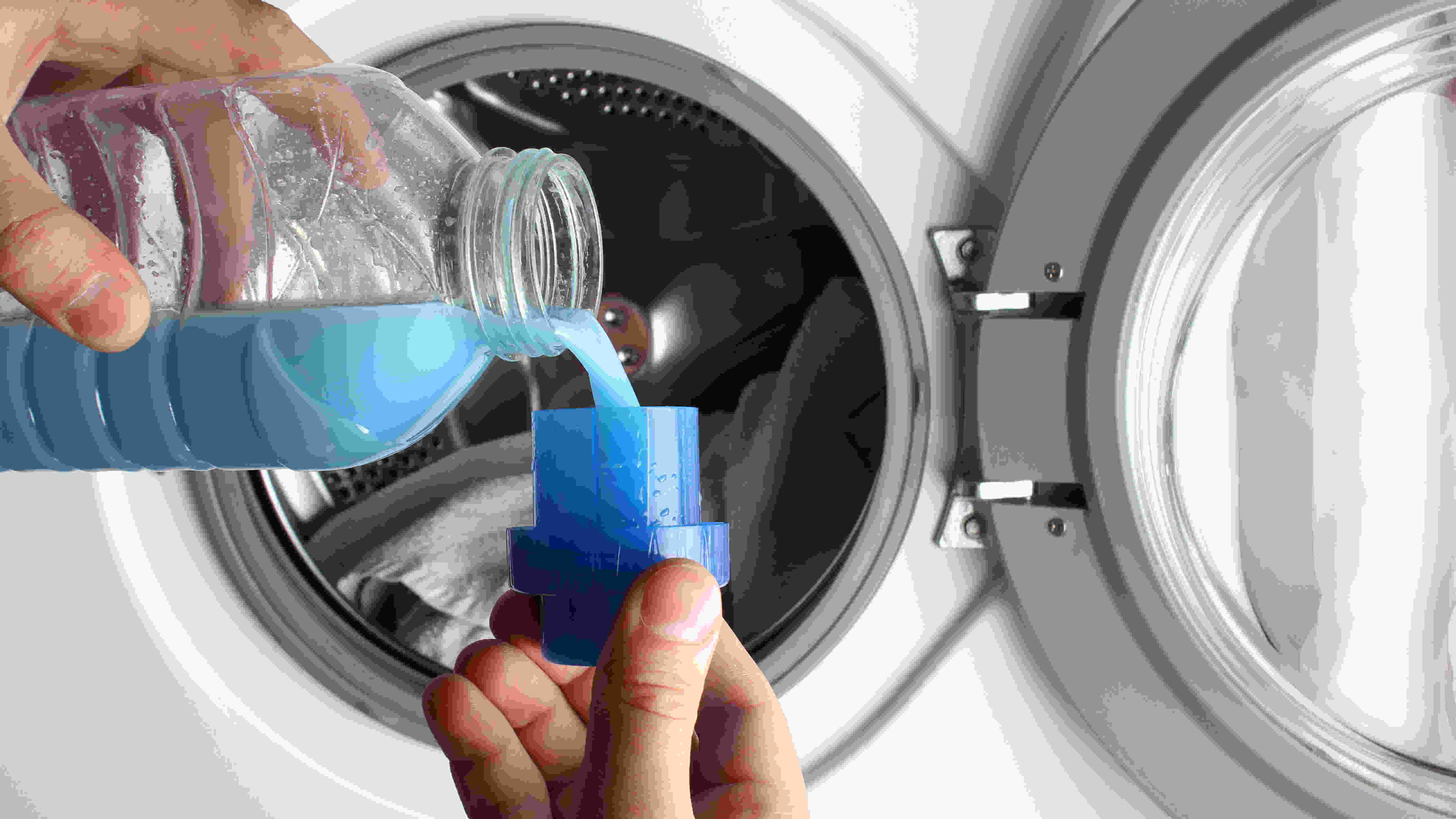
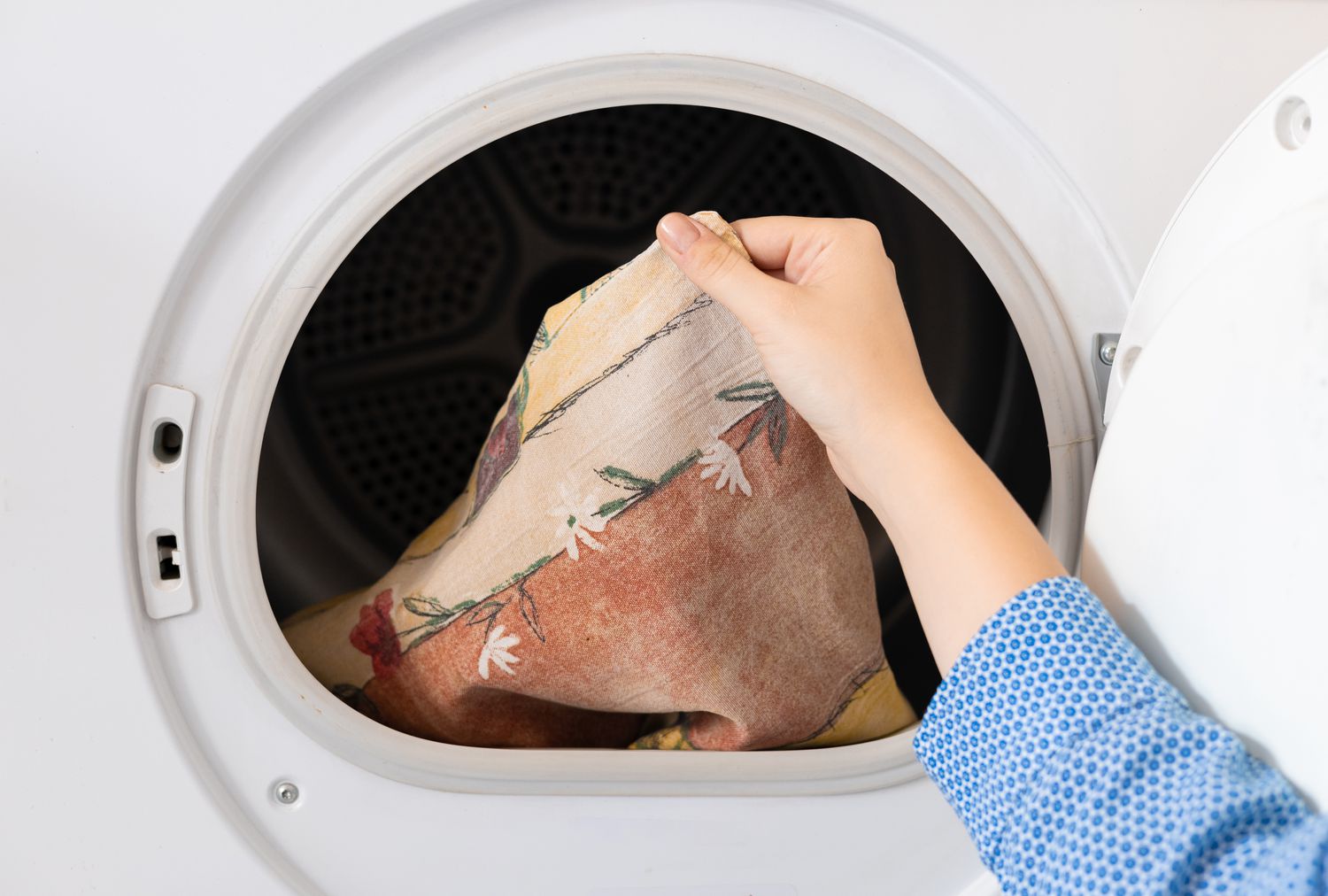
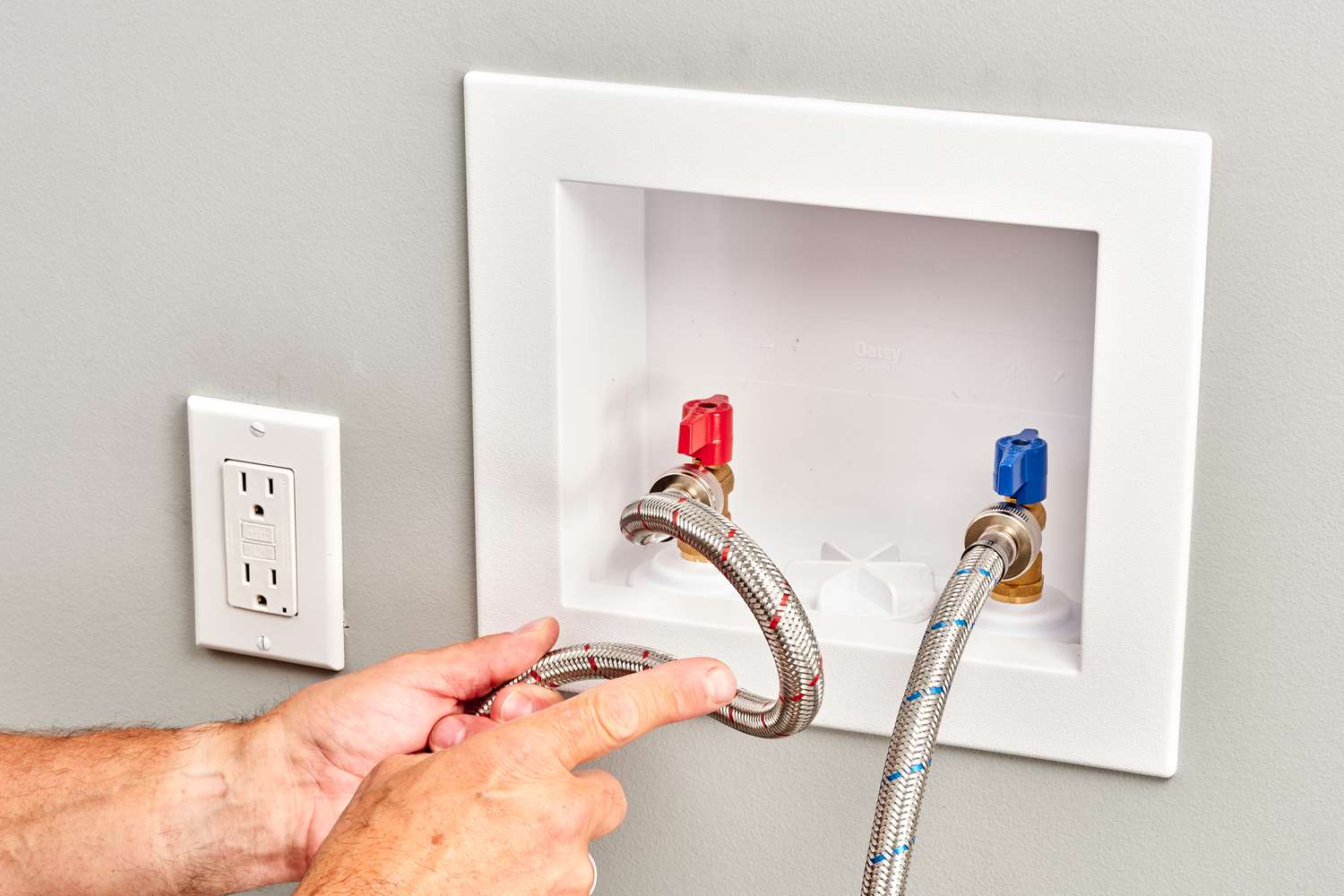

0 thoughts on “How To Get Rid Of Fabric Softener Build-Up In A Washing Machine”